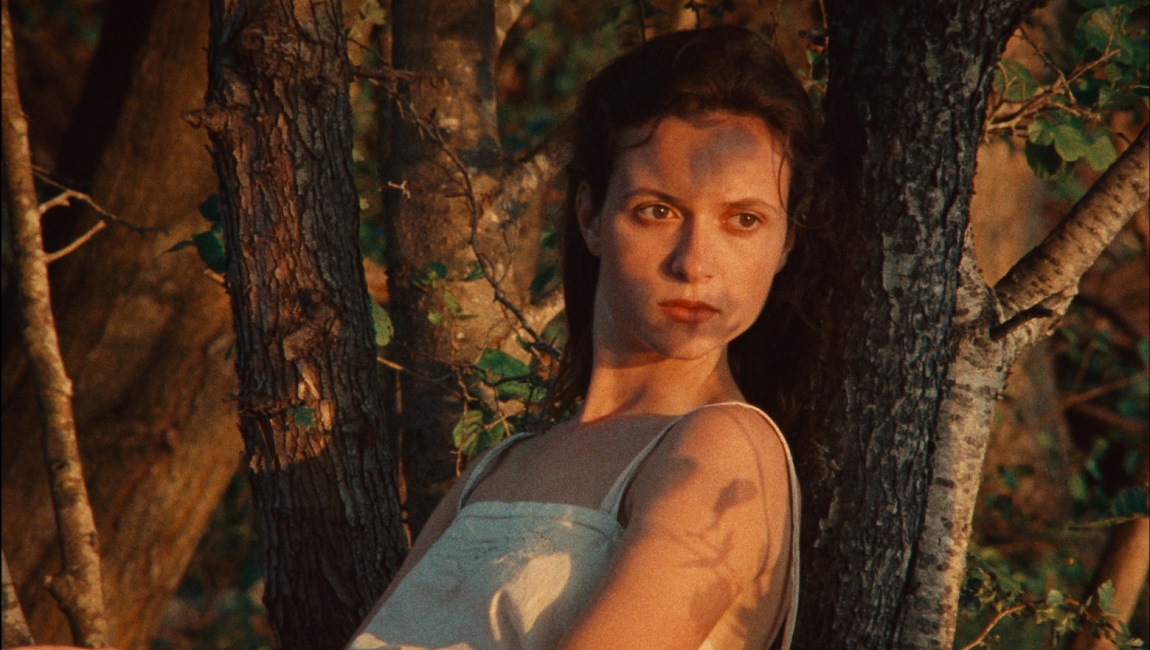Pietro Marcello’s background in documentary work aided his first fiction debut, Martin Eden, as his penchant for handheld Super 16mm film gave a “being there” quality that mimicked the earliest of verité filmmaking. This, combined with seamless transitions to archival footage in lieu of (potentially expensive) b-roll, solidified the period drama’s particular look: a surreal, visceral presence of the early twentieth century reminiscent of the uncanny valley of Peter Jackson’s They Shall Not Grow Old. It certainly helps that Martin Eden portrays political meetings that blow up due to strained conversations of ego, art, and class, as many of the first verité films capture just that (Primary, Chronicle of a Summer). In other words, so the thinking goes, Martin Eden works thanks to its borrowing from a tradition that communicates and highlights reality, with its characters plucked out of documentary and its shocks mimicking the mythic L’arrivée d’un train en gare de La Ciotat chugging forward to the audience — the train is there, and it’s coming.
But, in art, counterpoint can be just as important as fealty to reality. Thus, Marcello uses the same techniques to quite different effect in his recent Scarlet, another period piece, but one of fantasy and unreality. Based on what others have deemed a “quasi-fairy-tale” in Alexander Grin’s Scarlet Sails (adapted once before in Soviet-realist fashion by Alexandr Ptushko in 1961), Scarlet follows first a father, later his daughter, through a wartorn Normandy as gossip, a tough economy, and perhaps even a little magic enter their lives. That “quasi-” qualifier means that there are no explicitly fantastical elements — only too-perfect coincidence and more than one moment of breaking into song. But that’s enough to distance this sweeter work from the grimy brutality of Martin Eden, often to great effect.
Raphaël (Raphaël Thiéry), a man whose face and grace befit a cartoon of a French prole, hobbles back to his village after the Great War, only to learn that his love has been buried. A daughter remains, one whom he has never met, and he works to make a life for her. But, as the circumstances around little Juliette’s birth, as well as his wife’s death, become clear, Raphaël rages against the village and ultimately isolates from most of their sneering and gossip, taking solace only in his expert carpentry and a sole confidant, the widow Adeline (Noémie Lvovsky). Juliette (played by Suzanne Marquis, then Asia Bréchat, and then mostly as an adult by Juliette Jouan) grows up defending her father, much to the chagrin of the townspeople and children who have come to label the family as personae non gratae. Her only escape comes from the prognostication of a witch (Yolande Moreau, whose natural sybillic performance makes that little “quasi-” work overtime) who promises that the sight of red sails will set her free. And, wouldn’t you know it, a plane carrying France’s favorite historical face, Louis Garrel, just happens to crash in a field, upsetting the rhythms of her life. But: no red sails for now. While that prophecy carries the weight of myth and fate (usually of the inescapable variety), Marcello’s film gives Juliette control of what the red sails could mean.
Scarlet’s continuation of Martin Eden’s visual style gives intimacy where there was once anxiety. A major death scene is backlit with only the golden-hour sun as the other characters scramble in and out of frame, allowing the honeyed glow to sit on a face long after the lips stop moving and the room fades to orange. The morning hours are ones of a usual toil, and DP Marco Graziaplena lets its blues filter into the dirt of the road or the plainness of their clothes. The entire film is shaped by a trust in this natural light: the festival poster even features a scene in which the sun hits Juliette’s face just so as she dwells on her fate. Scarlet may not be a fairy tale, but it manages to mix the witching hour with the golden.
Published as part of NYFF 2022 — Dispatch 3.







